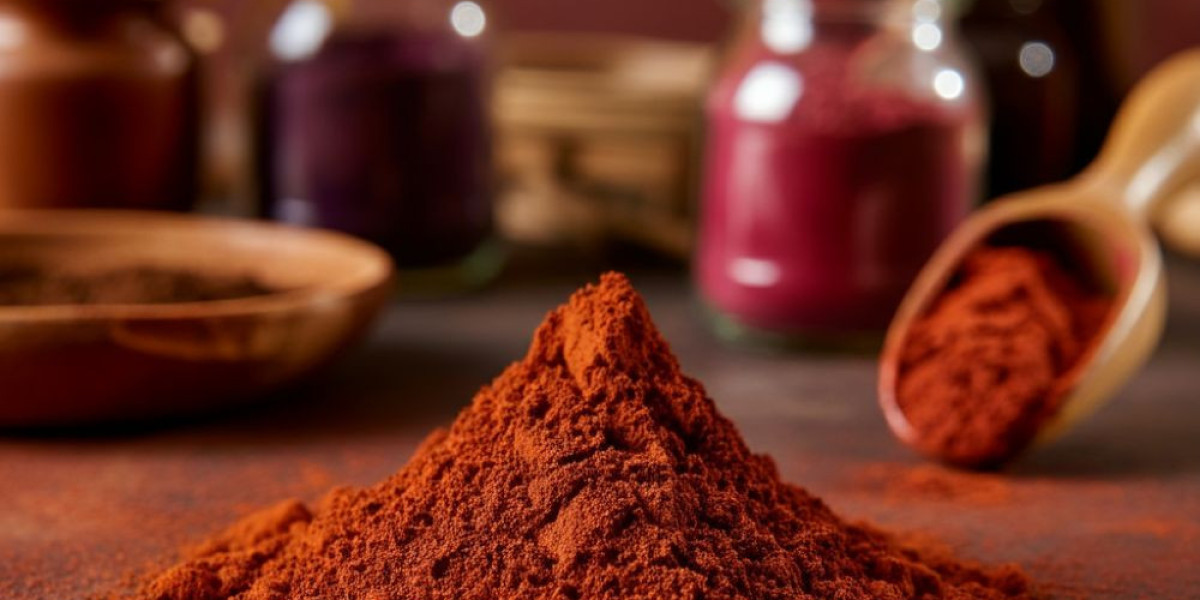Mimosa hostilis, also known as Jurema or Tepezcohuite, has captivated people for centuries with its deep connection to ancient rituals and its growing presence in modern applications. Its inner root bark, in particular, has become the subject of intrigue, both for its historical significance and its versatile uses today.
But what exactly makes Mimosa hostilis inner root bark so special? This article dives into its ancestral roots, traditional applications, and newfound appreciation in today’s age of discovery. Keep reading to uncover the mystique behind this fascinating natural wonder.
What Is Mimosa Hostilis Inner Root Bark?
Mimosa hostilis (Mimosa tenuiflora) is a perennial tree native to regions of Central and South America, particularly Brazil and Mexico. The inner root bark, often referred to as MHRB, is harvested for its incredible properties, including vibrantly rich compounds and nutrients.
The bark’s soft, fibrous inner layer is where most of the tree’s beneficial elements are concentrated. Traditionally ground into powder, mimosa hostilis root bark powder has become popular in various fields, including traditional medicine, cosmetics, and even art.
Ancestral Uses of Mimosa Hostilis
For indigenous communities throughout Mexico and Brazil, Mimosa hostilis played a vital role in daily life and spiritual practices. It was regarded not just as a resource but as a sacred plant with healing and ceremonial properties.
Wound Healing and Skin Care
One of Mimosa hostilis inner root bark’s most celebrated ancestral uses was as a natural remedy for skin conditions and wound care. Indigenous cultures crushed the inner bark to create healing pastes or poultices, which were applied to burns, cuts, and infections. The bark’s antimicrobial and regenerative properties sped up healing and helped minimize scarring.
Ceremonial and Spiritual Use
Mimosa hostilis was revered in traditional ceremonies, particularly in shamanic rituals. Tribes in Brazil’s northeastern region prepared jurema wine, a brew made using the inner bark, which was consumed as part of spiritual gatherings, often aimed at connecting with the divine or exploring altered states of consciousness.
Natural Dyeing Agent
The plant’s intricate pigmentation, derived from its tannin-rich bark, made it a valuable resource for creating vibrant, long-lasting dyes. Indigenous peoples used this natural dye to color textiles, clothing, and ceremonial fabrics.
The Rise of Mimosa Hostilis in the Modern World
Today, Mimosa hostilis is enjoying a renewed appreciation, merging its ancestral significance with contemporary uses. Its versatility has positioned it as a key ingredient across industries, from beauty and wellness to sustainable crafts.
Mimosa Hostilis in Natural Skincare
The skincare industry has embraced Mimosa hostilis root bark powder for its potent abilities to heal and rejuvenate skin. Modern products featuring this ingredient boast benefits such as:
Antimicrobial Action: Helps fight off bacteria and reduces skin infections.
Collagen Boosting: Supports skin elasticity and cell regeneration.
Brightening and Restoration: Fades scars, hyperpigmentation, and sun damage.
It is commonly found in products like soaps, creams, and serums that cater to individuals seeking natural, chemical-free remedies.
Artistic and Craft Applications
Thanks to its high tannin content, Mimosa hostilis bark continues to find a place in natural dyeing practices. Artists and crafters are drawn to the deep purples and reds the bark produces when used to dye textiles organically, offering an eco-friendly alternative to synthetic dyes.
Modern Wellness Practices
While its ceremonial use remains highly restricted in certain regions due to regulatory controls, Mimosa hostilis inner root bark has become loosely associated with modern wellness trends like herbal healing and holistic health. More consumers are exploring how its centuries-old benefits might fit into today’s approach to well-being.
Sustainability and Ethical Sourcing
Another factor pushing Mimosa hostilis into the spotlight is growing awareness about environmental sustainability and ethical sourcing. With demand on the rise, many suppliers now focus on responsible harvesting techniques to preserve the longevity of these trees for future generations.
Key Benefits of Mimosa Hostilis Inner Root Bark
Whether used in traditional poultices or sophisticated skincare regimes, Mimosa hostilis offers significant advantages that stem from its bioactive compounds:
Antioxidant Properties: Protects cells against free radicals and supports overall skin health.
Anti-inflammatory Effects: Reduces redness, swelling, and irritation.
Healing Power: Accelerates tissue recovery for wounds, burns, and abrasions.
Pigmentation and Resin: Rich in tannins, making it valuable for dyes and artistic purposes.
These benefits make it an enduring favorite in both ancestral communities and contemporary enthusiasts seeking natural solutions.
How to Use Mimosa Hostilis Safely
When integrating Mimosa hostilis inner bark powder into your routine, it’s important to source it responsibly and use it appropriately:
For Skin Care: Look for products with recommended concentrations to avoid over-application. If creating a DIY mask or paste, always patch-test first to ensure no allergies.
For Crafting: Use the powder in conjunction with mordants (like alum) to ensure brighter, longer-lasting dye results on textiles.
Ensure Ethical Sourcing: Purchase Mimosa hostilis root bark from reputable, eco-conscious suppliers who adhere to sustainable harvesting practices.
A Natural Wonder Rooted in History and Innovation
The mystique of Mimosa hostilis lies in its ability to transcend time, deeply rooted in ancient practices yet seamlessly finding relevance in modern lifestyles. From skincare to sustainability, its power to inspire and innovate creates a bridge between the wisdom of the past and the needs of today.
Whether you’re exploring mimosa hostilis root bark powder for its cosmetic benefits or intrigued by its place in culture and craft, there’s no denying the fascinating role this plant plays in shaping both history and our future.
Are you ready to unlock the secrets of Mimosa hostilis? Begin your exploration today by researching responsibly sourced inner root bark and discovering how it can enhance your wellness and creative endeavors.





